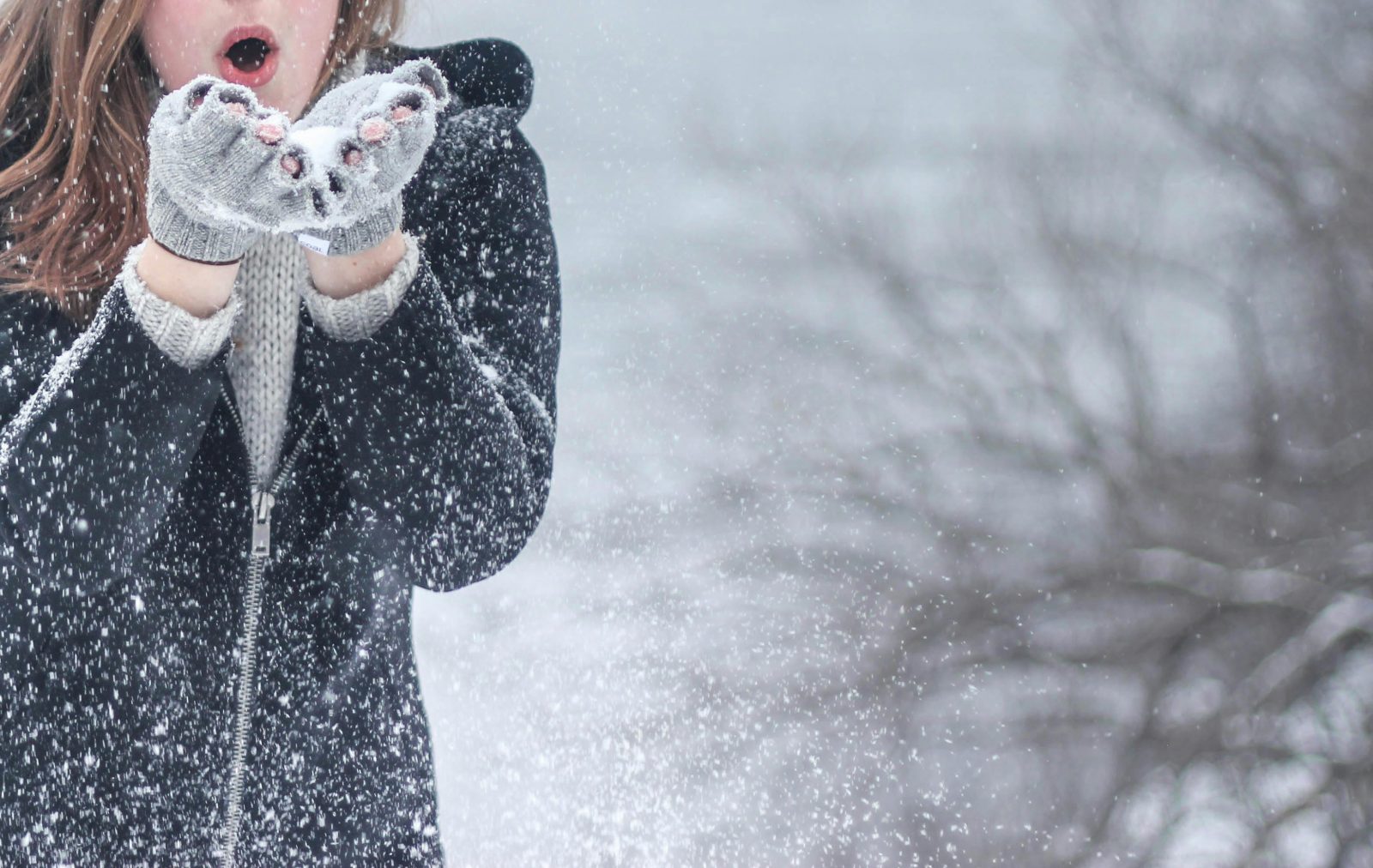The arrival of winter in the UK brings with it a unique set of challenges for homeowners. From freezing temperatures to shorter, darker days, preparing your home now is crucial for ensuring a warm, safe, and cost-effective season ahead. Taking proactive steps can prevent costly repairs, reduce your energy bills, and keep your family comfortable until spring.
Essential Exterior Maintenance
Before the real cold sets in, focus on the outside of your property. Ignoring exterior issues now can lead to major problems once the frost and rain arrive.
Clear Gutters and Downpipes
Blocked gutters are one of the most common causes of damp and damage during winter. Leaves, moss, and debris accumulate over autumn, preventing rainwater from draining away efficiently.
- Ensure all gutters and downpipes are clear of obstructions.
- Check for any signs of leaks or damage and repair them promptly. Misdirected water can freeze, causing further structural harm.
Inspect the Roof
A compromised roof is a direct invitation for leaks and cold draughts.
- Use binoculars or a ladder (safely) to inspect your roof for loose, cracked, or missing tiles or slates.
- Check the condition of the flashing around chimneys and vents. Get any necessary repairs done by a qualified professional before heavy snowfall or gales.
Secure Garden Furniture and Tools
High winds can turn loose items in your garden into damaging projectiles.
- Store garden furniture, BBQs, and tools in a shed or garage.
- If storage isn’t possible, cover and securely tie down larger items.
- Drain and switch off exterior taps to prevent pipes from freezing and bursting.
Insulate Against the Cold
Good insulation is your primary defence against the cold and high energy bills. Focusing on sealing up heat leaks will make a significant difference to your home’s warmth.
Check Loft and Wall Insulation
Ensure your loft insulation is up to the recommended thickness (typically $270\,\text{mm}$ in the UK). If you have cavity walls, check that they are properly filled. While expensive to install, adequate insulation pays for itself quickly through energy savings.
Stop Draughts
Small gaps around windows and doors can lead to significant heat loss.
- Use foam strips or brush seals around external doors and letterboxes.
- Check for gaps around skirting boards and pipework and fill them with appropriate sealant or caulk.
Window Preparation
Windows are often the weakest point in a home’s thermal envelope. While double glazing is the ideal, it is an expensive investment. For older homes, or for renters, consider installing DIY secondary glazing kits. These simple, cost-effective kits involve fitting a clear plastic sheet or acrylic panel to the inside of the existing window frame, creating an insulating air layer that dramatically reduces heat loss and condensation. They are easy to install, significantly cheaper than full window replacement, and are an excellent way to prepare for winter without a large outlay.
Heating System and Appliance Checks
Your heating system is going to work overtime during the cold months, so it needs to be in optimal condition.
Boiler Service
Arrange for a Gas Safe registered engineer to service your boiler. An annual service ensures the system is running efficiently and safely, and can catch small problems before they become emergency breakdowns in the middle of a cold snap.
Bleed Radiators
If your radiators are cold at the top but warm at the bottom, they have air trapped inside. This reduces their efficiency. Use a radiator key to carefully release the air, which allows the hot water to circulate properly.
Check Carbon Monoxide and Smoke Alarms
Safety is paramount. Test all smoke and carbon monoxide alarms monthly, and check that you have working alarms on every level of your home. Replace the batteries as required.
Preparing for Emergencies
Winter often brings adverse weather that can cause power cuts or travel disruptions. A little preparation goes a long way.
Assemble an Emergency Kit
Keep essential items in one accessible place:
- Torches and spare batteries.
- First aid kit.
- Bottled water and non-perishable food.
- Blankets.
- A fully charged power bank for your mobile phone.
Know Where Your Stopcock Is
If a pipe freezes and bursts, knowing the location of your main water stopcock is vital for quickly isolating the water supply and minimising damage. Ensure it is accessible and that everyone in the household knows how to turn it off.
By following this comprehensive checklist, you will be well-equipped to face the British winter. Taking these steps now will help safeguard your property, keep your household warm, and ensure a safe and secure season ahead.





